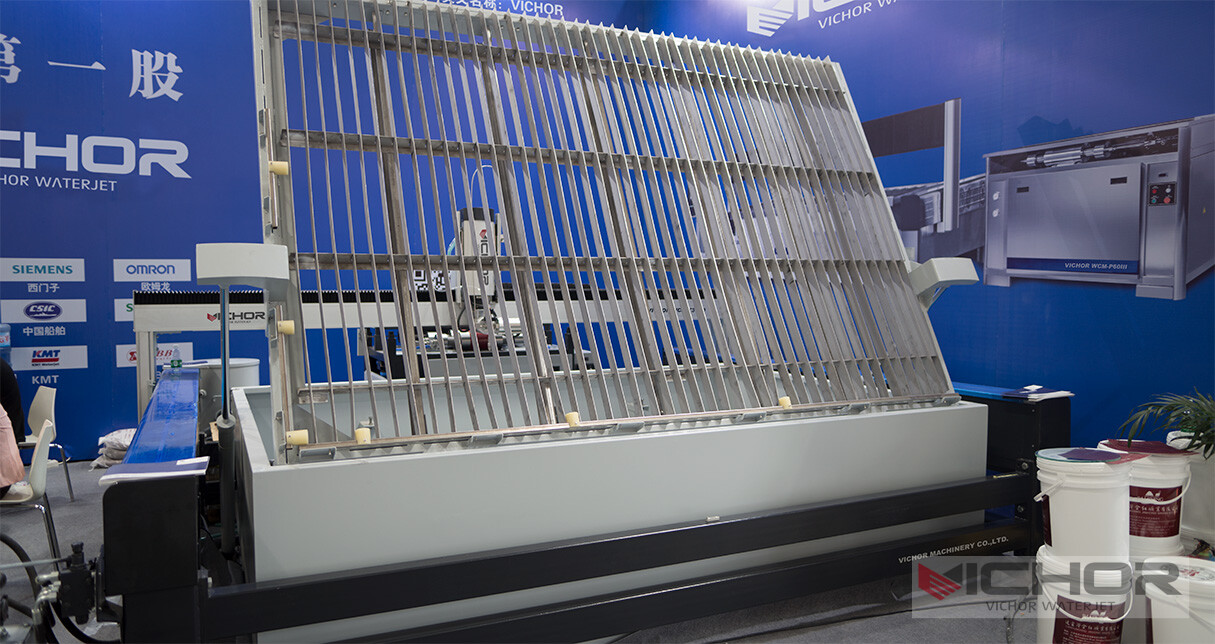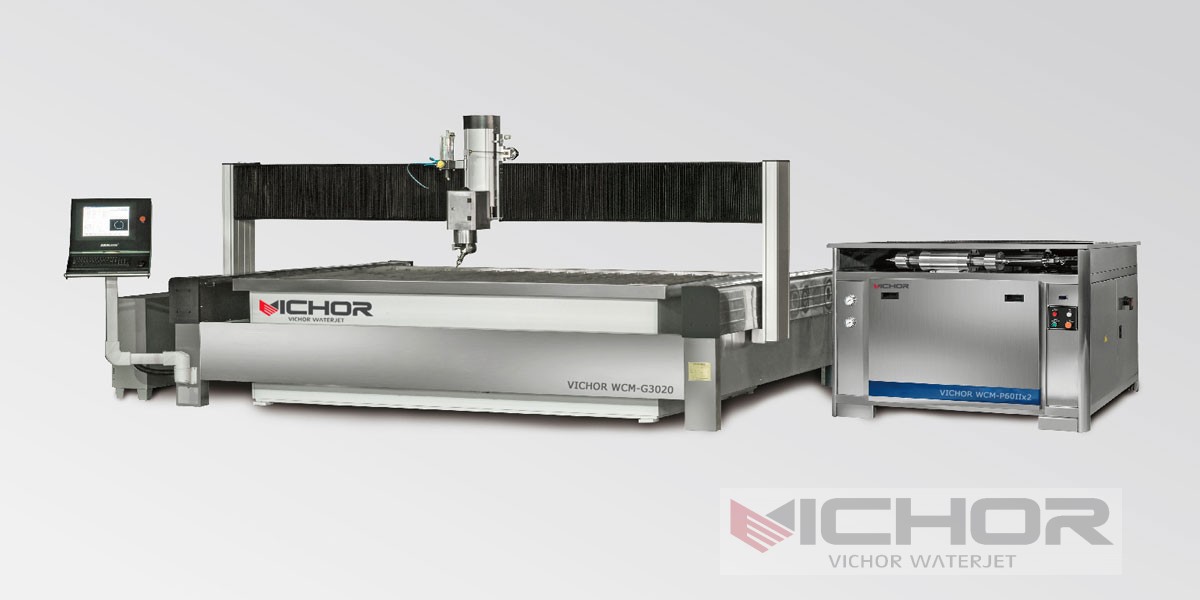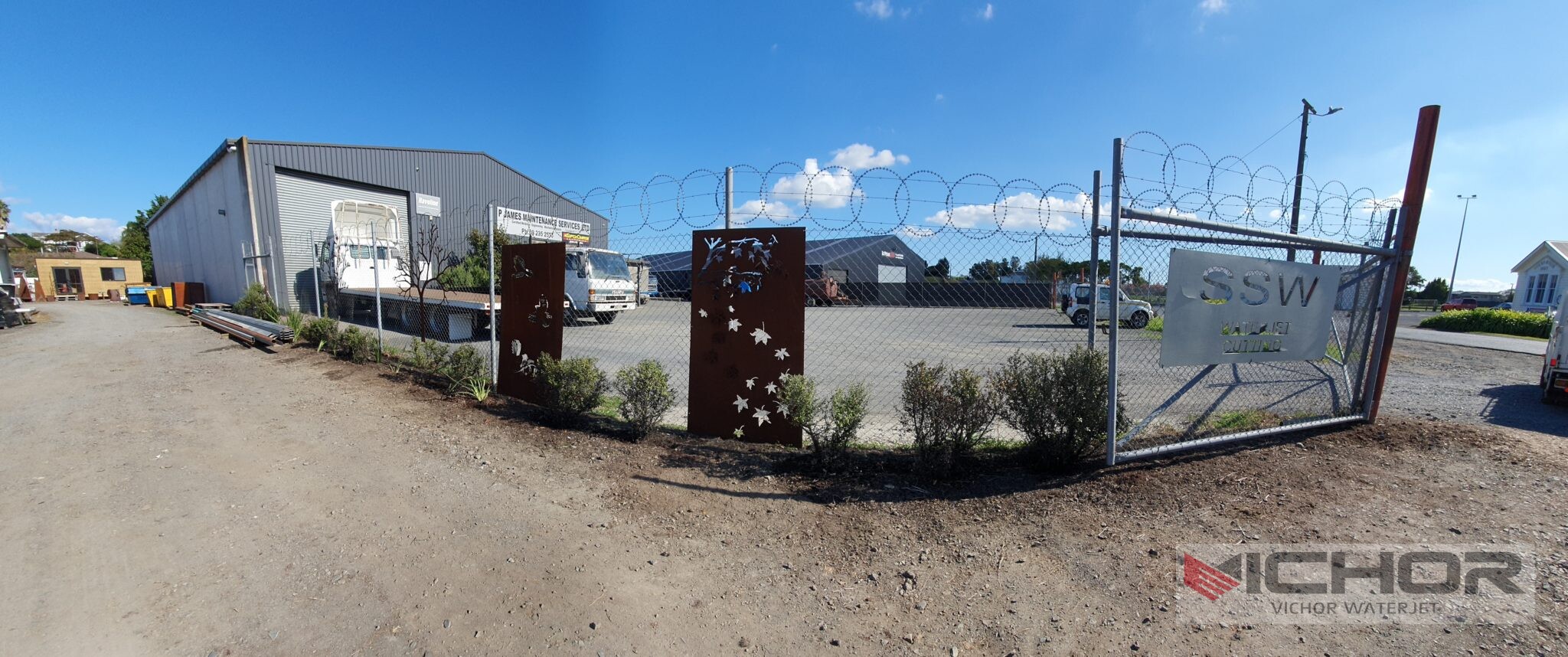
5 Ways Laser Microjet Cutting Transforms Precision Manufacturing
In the ever-evolving world of precision manufacturing, the quest for cleaner, faster, and more versatile cutting technologies is relentless. Among the frontrunners in this race is a hybrid technology that brilliantly marries two fundamental elements: light and water. This technology is known as Laser Microjet Cutting. A seemingly paradoxical combination, it offers a unique set of advantages that traditional laser cutting or waterjet cutting alone cannot achieve. For engineers, product designers, and manufacturers pushing the boundaries of what’s possible with materials like semiconductors, composites, and sensitive metals, understanding laser microjet cutting is crucial. This article delves into five key aspects that make this technology a transformative force in modern industry.
The Core Principle: How a Laser Beam Rides a Water Jet
At its heart, laser microjet cutting is an elegant fusion of two established technologies. To understand its benefits, one must first grasp its fundamental operating principle.
Unlike conventional laser cutting, which uses assist gases like nitrogen or oxygen to blow molten material out of the kerf (the cut width), the laser microjet cutting process guides a powerful laser beam through a hair-thin jet of water. This water jet, typically between 50 and 150 micrometers in diameter, is produced by pressurizing ultra-pure water and forcing it through a precisely machined nozzle made of diamond or sapphire. The key here is the phenomenon of total internal reflection.
Once the laser beam is coupled into the water jet, it is reflected along the inner walls of the water stream, effectively acting as a super-stable, liquid light guide. This water-encased laser beam is then directed onto the workpiece. The water jet serves three simultaneous purposes:
Waveguide: It guides the laser energy directly to the material with minimal divergence or power loss.
Coolant: It aggressively cools the cut zone, preventing heat accumulation.
Ejector: It expels the molten and vaporized material from the kerf, resulting in an exceptionally clean cut.
This synergy is what sets laser microjet cutting apart, creating a process that is fundamentally different from simply using a water spray alongside a laser.
Unmatched Precision and Exceptional Cut Quality
The most immediate advantage of the laser microjet cutting technique is the superior quality of the cuts it produces. This is evident in several critical areas:
Minimal Heat-Affected Zone (HAZ): In traditional laser cutting, the intense heat from the laser can alter the material’s properties in the areas surrounding the cut. This HAZ can lead to micro-cracking, hardening, or structural weakness. The continuous cooling effect of the water jet in laser microjet cutting virtually eliminates this problem. The heat is confined to a tiny volume, which is instantly quenched by the water, preserving the material’s original integrity. This is paramount for materials that are sensitive to thermal stress, such as certain ceramics or medical-grade alloys.
Parallel Kerf and No Taper: Because the water jet acts as a rigid waveguide, the laser beam does not diverge as it would in air. This results in cuts with perfectly parallel sides from the top surface to the bottom, even in materials several millimeters thick. Conversely, traditional lasers often produce a V-shaped kerf that is wider at the top and narrower at the bottom. The parallel kerf of laser microjet cutting allows for incredibly precise tolerances and intricate geometries.
Clean, Debris-Free Edges: The combination of precise vaporization and the forceful ejection of debris by the water jet leaves behind edges that are remarkably smooth and free of slag, burrs, or recast layers. This reduces or often eliminates the need for secondary finishing processes like grinding or polishing, saving significant time and cost in production.
Conquering a Diverse Universe of Materials
Where laser microjet cutting truly shines is in its astonishing material versatility. It can cleanly process materials that are notoriously difficult or impossible to cut with other thermal methods.
Brittle and Hard Materials: This is its flagship application. Laser microjet cutting excels at slicing silicon wafers, ceramics (alumina, zirconia), glass, sapphire, and technical ceramics without chipping or micro-cracking. The water jet suppresses the propagation of cracks, enabling clean breaks in these fragile substances.
Composites and Laminates: Cutting layered materials like carbon-fiber reinforced polymers (CFRP), fiberglass, or honeycomb structures is a major challenge. Traditional methods can cause delamination, fraying, or resin burn. The cold-cutting nature of laser microjet cutting severs the fibers and matrix cleanly without separating the layers or thermally degrading the resin.
Sensitive Metals: It can cut thin metals like copper, aluminum, and brass with high precision. These materials are highly reflective and conductive, making them difficult to process with standard lasers as they reflect energy and dissipate heat quickly. The water jet in laser microjet cutting helps to initiate and stabilize the cutting process on these tricky surfaces.
Food and Biological Materials: The sterile, cold-cutting process makes it suitable for specialized applications in food processing (e.g., cutting pastries without crushing) and medical fields (processing biological tissues or biodegradable implants).
The Practical Advantages: Speed, Simplicity, and Reliability
Beyond quality and versatility, laser microjet cutting offers tangible practical benefits on the production floor.
High Cutting Speeds: For many materials, especially thin and hard ones, laser microjet cutting can achieve speeds comparable to or even exceeding those of traditional laser cutting. The stable beam delivery and efficient debris removal contribute to this high throughput.
No Focus Adjustment Required: A major operational advantage is the elimination of the focus lens and the constant need to maintain a precise distance between the nozzle and the workpiece (stand-off distance). In conventional laser cutting, this distance is critical; any variation in the material’s height or flatness can defocus the beam and ruin the cut. The water jet in laser microjet cutting maintains its integrity over a longer distance, meaning the nozzle can be positioned several centimeters away from the workpiece without losing cutting effectiveness. This simplifies CNC programming and allows for cutting uneven or warped surfaces without issue.
Increased Nozzle Lifespan and Reduced Operating Costs: The nozzle is a consumable item. In abrasive waterjet cutting, nozzles wear out quickly. In laser microjet cutting, the water jet is not abrasive; its purpose is guidance and cooling. Furthermore, the laser does not actually touch the nozzle aperture. This leads to extremely long nozzle lifetimes compared to abrasive waterjet nozzles, reducing downtime and consumable costs.
Applications Shaping Modern Industries
The unique capabilities of laser microjet cutting have made it indispensable in several high-tech sectors.
Semiconductor and Electronics Manufacturing: It is used for dicing and singulating silicon wafers, cutting LED substrates, and structuring thin-film solar cells. Its ability to cut without thermal damage is essential for preserving the electrical properties of these delicate components.
Medical Device Industry: The technology is used to manufacture stents, cut components for pacemakers and hearing aids from sensitive alloys, and shape ceramic parts for orthopedic and dental implants. The clean, sterile process is a significant advantage.
Aerospace and Automotive Engineering: The precision cutting of carbon fiber composites for lightweight components is a critical application. Laser microjet cutting enables the creation of complex parts without fraying or delamination, which is vital for structural integrity and safety.
Watchmaking and Luxury Goods: The need for absolute precision and flawless finish in materials like gold, titanium, ceramics, and sapphire crystals makes laser microjet cutting an ideal choice for this industry.
In conclusion, Laser Microjet Cutting is far more than a niche technology; it is a powerful hybrid solution that addresses the limitations of its parent technologies. By delivering unparalleled precision, exceptional cut quality, unparalleled material versatility, and significant practical benefits, it is transforming how industries approach the manufacturing of complex and delicate components. As materials science continues to advance, the role of laser microjet cutting as a key enabler of innovation is only set to grow.
continue reading
Related Posts
- 1615 words8.1 min read




